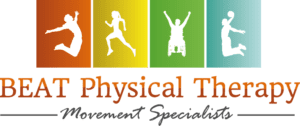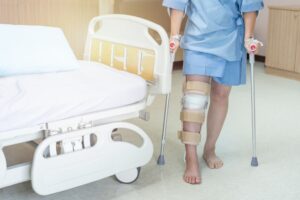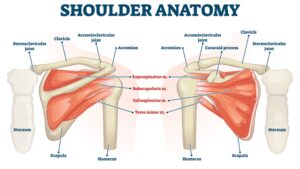Scoliosis is when the spine deviates to either the right or left side creating a “C” curve or sometimes a double “S” curve. At first, the “C” curve is usually manifested during the early stages and can progress to the “S” curve if neglected. The thoracic spine is the most common area of deformity. Females are more likely to be affected than males. In most cases, children affected by this condition have an unknown cause, and the defect cannot be seen until it progresses. Adult patients may acquire this condition through improper posture or muscle imbalances.
Causes
The causes of this deviation are classified into two divisions: structural or non-structural. Structural is an irreversible or “fixed” curvature wherein it cannot be fully corrected, and the problem is primarily in the spine. For example, a hemivertebra is caused by the failure of the formation of half of the bone is a vertebral body, creating congenital scoliosis due to a lack of vertebral height. On the contrary, the non-structural or “functional” scoliosis is reversible with conservative methods and can be caused by true leg length discrepancies, muscle spasms, muscle weakness/imbalances, or habitually poor posture.
In most cases, a wide range of idiopathic (which means difficult to pinpoint the root cause) scoliosis is common. In some select cases, scoliosis can be seen in neuromuscular conditions like cerebral palsy due to abnormal muscle tone, and stroke or spinal cord injury which patient tends to lean more on the stronger side of the body.
Scoliosis varies from mild, moderate, to severe. Plain X-rays can confirm the diagnosis of scoliosis. If there is more than a 10-degree curvature, it is considered mild. Treatment is not needed at this time but should be closely monitored. Physical manifestations can be easily seen, such as:
- One-shoulder higher than the other
- Head is not centered over the spine
- The shoulder blade is more prominent on one side (winging)
- Uneven waist (one hip elevated or more space between one arm and the side in standing)
- Rib hump when bending forward
If the curvature progresses to more than 20 degrees, consult an orthopedic doctor for a thorough examination. The doctor might suggest you go to a physical therapist. If this condition is left untreated, more severe complications may occur when scoliosis starts to impact the internal organs, particularly cardiopulmonary problems. This may also cause debilitating back pain and alter functional capabilities.
Treatment of Scoliosis:
- Braces will help to control the progression of the spinal curvature. This has minimal effect in correcting the existing deformity if not used daily. Braces are the usual treatment of choice for adolescent patients who are still in the process of bone growth. It requires the patient to wear it most of the day. Braces vary depending on the area of the spine being affected.
- Physical therapy rehabilitation includes strengthening the paraspinal muscles, stretching and manual manipulation that helps improves patient spinal mobility, and lastly kinesthetic awareness which allows the patient to be conscious of his/her body positioning and posture.
- Surgery is only needed in severe cases of scoliosis. Spinal fusion is the most commonly performed and is classified as the “gold standard” for surgical treatment of scoliosis. The primary goal of this surgery is to stabilize the spine which decreases the degree of the curve and prevents more serious complications.
Early detection of scoliosis at a young age will have a greater prognosis with a combined treatment of braces and rehabilitation exercises. Adult patients can have a good prognosis depending on factors that may affect their outcome; namely, age, gender, severity, and location of the curve, and any associated co-morbid conditions.







